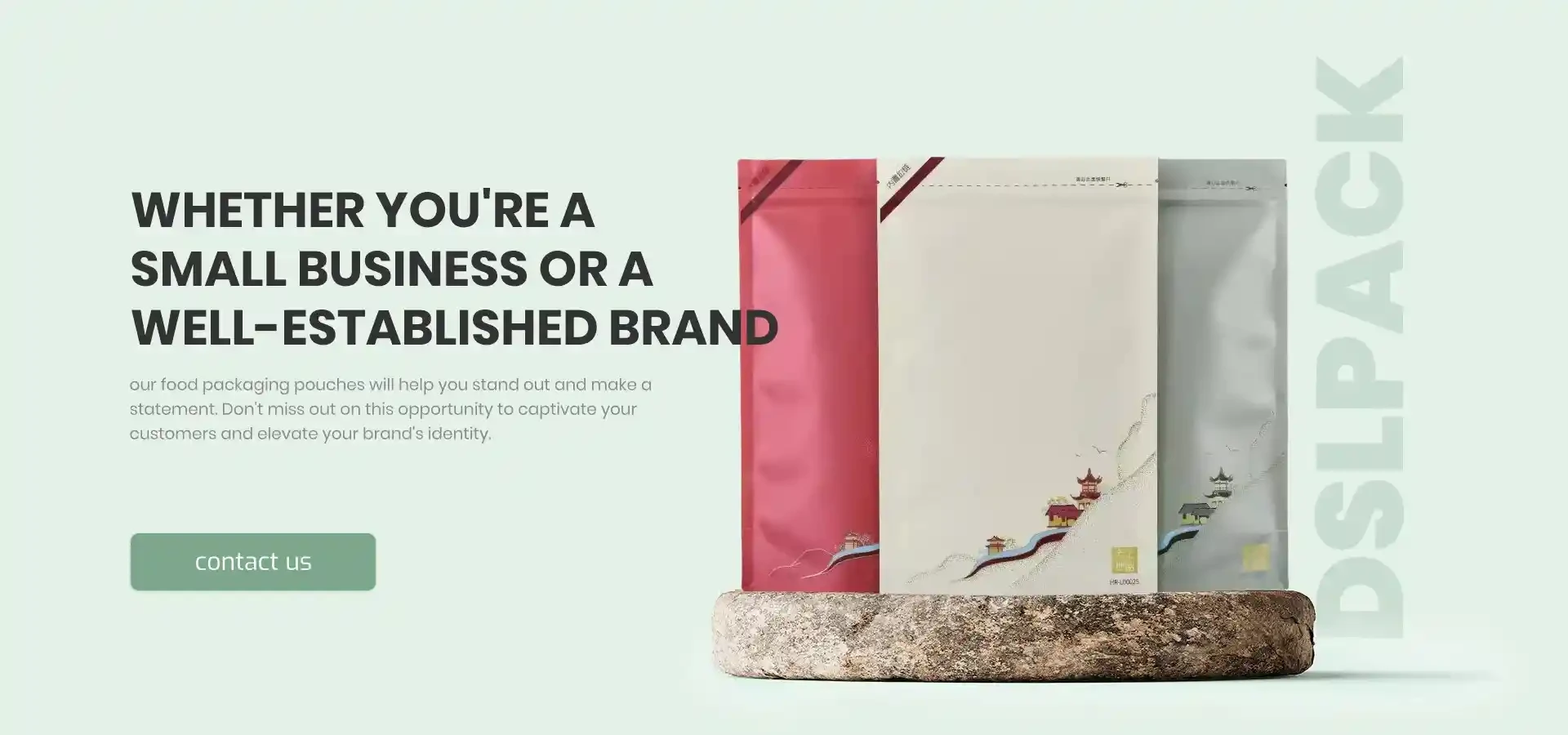- Afrikaans
- Albanian
- Amharic
- Arabic
- Armenian
- Azerbaijani
- Basque
- Belarusian
- Bengali
- Bosnian
- Bulgarian
- Catalan
- Cebuano
- chinese_simplified
- chinese_traditional
- Corsican
- Croatian
- Czech
- Danish
- Dutch
- English
- Esperanto
- Estonian
- Finnish
- French
- Frisian
- Galician
- Georgian
- German
- Greek
- Gujarati
- haitian_creole
- hausa
- hawaiian
- Hebrew
- Hindi
- Miao
- Hungarian
- Icelandic
- igbo
- Indonesian
- irish
- Italian
- Japanese
- Javanese
- Kannada
- kazakh
- Khmer
- Rwandese
- Korean
- Kurdish
- Kyrgyz
- Lao
- Latin
- Latvian
- Lithuanian
- Luxembourgish
- Macedonian
- Malgashi
- Malay
- Malayalam
- Maltese
- Maori
- Marathi
- Mongolian
- Myanmar
- Nepali
- Norwegian
- Norwegian
- Occitan
- Pashto
- Persian
- Polish
- Portuguese
- Punjabi
- Romanian
- Russian
- Samoan
- scottish-gaelic
- Serbian
- Sesotho
- Shona
- Sindhi
- Sinhala
- Slovak
- Slovenian
- Somali
- Spanish
- Sundanese
- Swahili
- Swedish
- Tagalog
- Tajik
- Tamil
- Tatar
- Telugu
- Thai
- Turkish
- Turkmen
- Ukrainian
- Urdu
- Uighur
- Uzbek
- Vietnamese
- Welsh
- Bantu
- Yiddish
- Yoruba
- Zulu
matte lamination vs gloss lamination
Matte Lamination vs. Gloss Lamination Which is Right for Your Project?
When it comes to finishing printed materials, lamination plays a crucial role in both aesthetics and durability. Two of the most popular options are matte lamination and gloss lamination. Each type has its unique characteristics that can impact the appearance, feel, and functionality of your printed materials. In this article, we will explore the differences between matte and gloss lamination, their benefits, applications, and how to choose the right one for your project.
Understanding Lamination
Lamination is a process that involves bonding a thin layer of plastic over printed materials, such as brochures, business cards, posters, and packaging. This protective layer not only enhances the visual appeal but also provides durability against wear and tear, moisture, and other environmental factors. The two primary types of lamination are matte and gloss, each offering distinct advantages and disadvantages.
Matte Lamination
Matte lamination features a non-reflective finish that gives printed materials a soft and sophisticated look. The surface is smooth to the touch, providing an elegant feel that many designers appreciate.
Benefits of Matte Lamination
1. Non-Reflective Surface The matte finish eliminates glare, making it easier to read text and view images under direct lighting conditions. This is particularly advantageous for products like menus, brochures, and business cards that often need to be viewed in various lighting environments.
2. Rich Color Saturation Matte lamination tends to enhance the depth of colors, resulting in a more muted, sophisticated palette. This can be particularly effective for artistic designs that require a more subdued aesthetic.
3. Scratch Resistance Matte laminates are generally more resistant to scratches compared to gloss finishes. This makes them a great choice for items that will be handled frequently.
4. Writeability Because of the textured surface, matte lamination allows for easy writing with pens and markers, making it ideal for products like notepads or promotional materials that require jotting down notes.
Drawbacks of Matte Lamination
1. Fingerprints and Smudging Although matte finishes can resist scratches, they are prone to collecting oils and dirt, which can lead to smudging over time.
2. Less Vibrant Colors While matte lamination enhances color depth, it can also mute vibrant colors, which may not be suitable for every design.
Gloss Lamination
matte lamination vs gloss lamination

Gloss lamination, in contrast, offers a shiny, reflective finish that makes colors appear more vibrant. The reflective surface creates a striking look, drawing attention to visuals and text.
Benefits of Gloss Lamination
1. Enhanced Visual Appeal The shiny surface of gloss lamination can make printed materials look more attractive and vibrant, especially for color-heavy designs or images.
2. Water and Stain Resistance Gloss finishes provide an additional layer of protection against moisture and stains, making them ideal for products that might be exposed to spills or wet conditions.
3. Durable and Long-Lasting Gloss lamination is highly durable, providing a strong barrier against tearing, scuffing, and general wear.
Drawbacks of Gloss Lamination
1. Glare Issues The reflective surface can create glare under certain lighting conditions, which might obscure text or images and make them harder to read.
2. Limited Writeability Writing on gloss laminated surfaces can be challenging, as most pens and markers do not adhere well to the shiny finish.
Choosing the Right Lamination
The choice between matte and gloss lamination largely depends on the specific goals and context of your project. Here are some factors to consider
- Aesthetic Goals If your design emphasizes creativity and subtlety, matte lamination might be the right choice. If you want to highlight colors and make your graphics pop, gloss lamination can achieve that effect.
- Functionality For products that require writing, such as invitations or notepads, matte lamination is preferable. For items exposed to potential moisture, such as product packaging or menus, gloss lamination could offer better protection.
- Target Audience Consider your audience's preferences. Professional or luxury brands may lean towards matte finishes for a more refined look, while vibrant, playful products may benefit from a gloss finish.
In conclusion, the decision between matte and gloss lamination ultimately hinges on the nature of your project, your design goals, and the message you wish to convey. Understanding the strengths and weaknesses of each option will enable you to select the perfect finish that resonates with your audience and enhances your printed materials.













